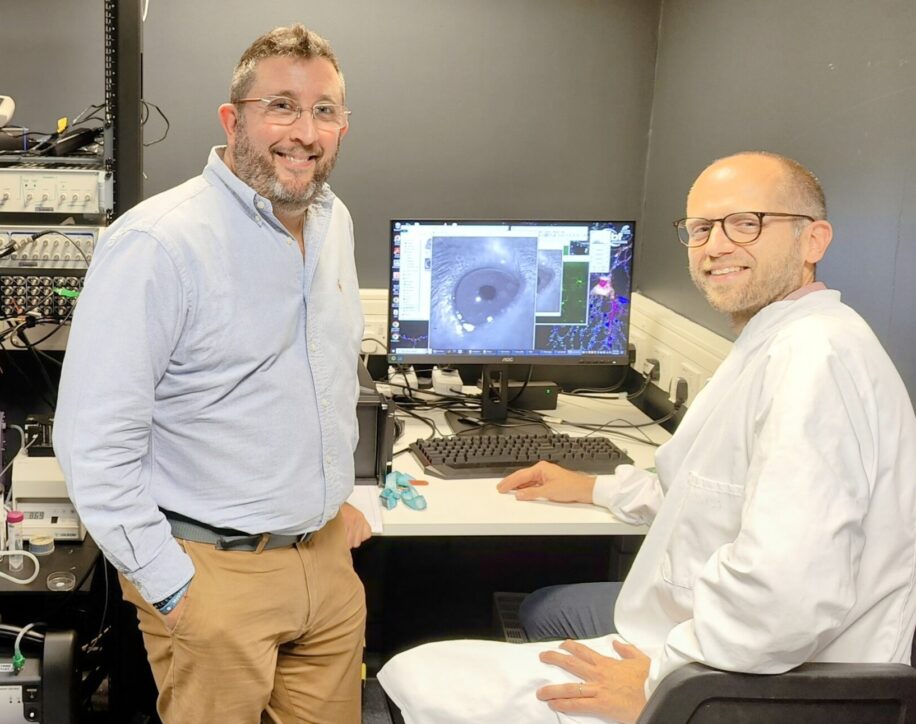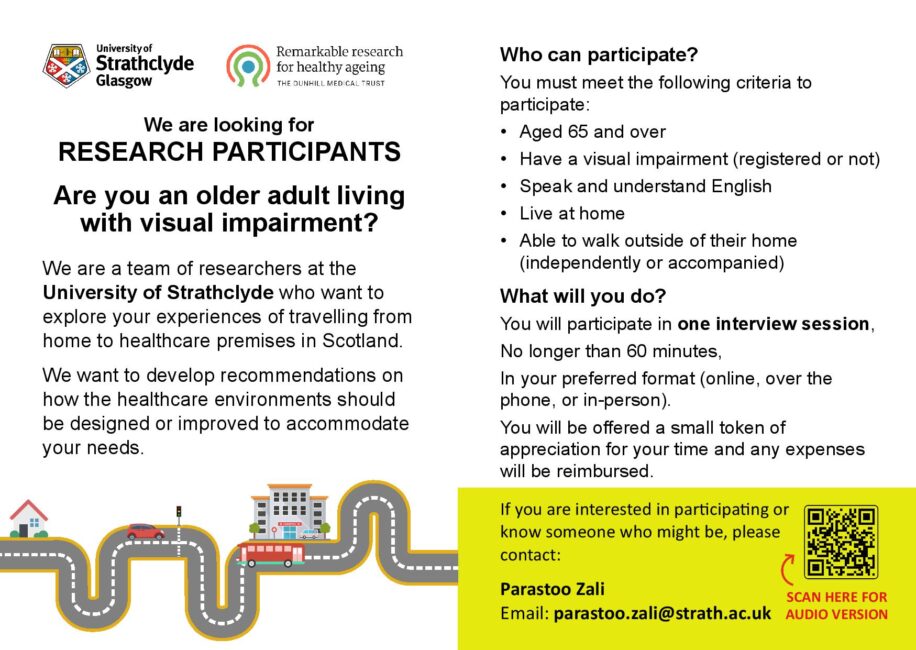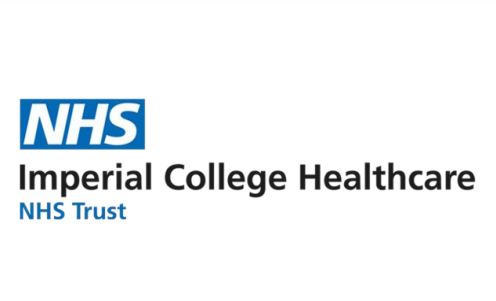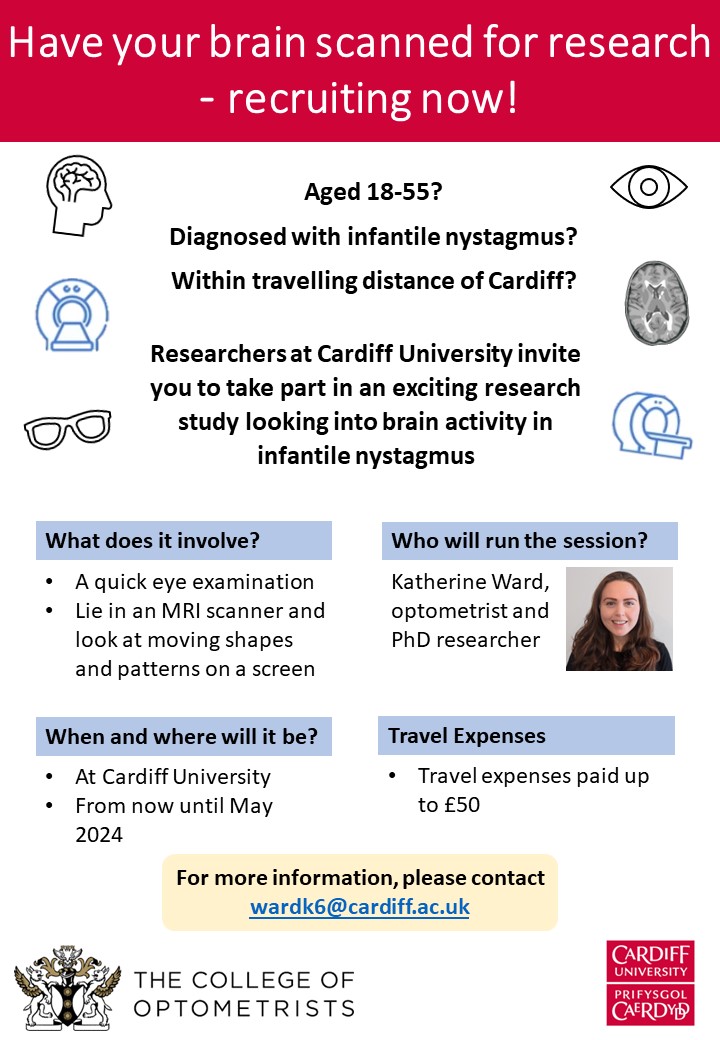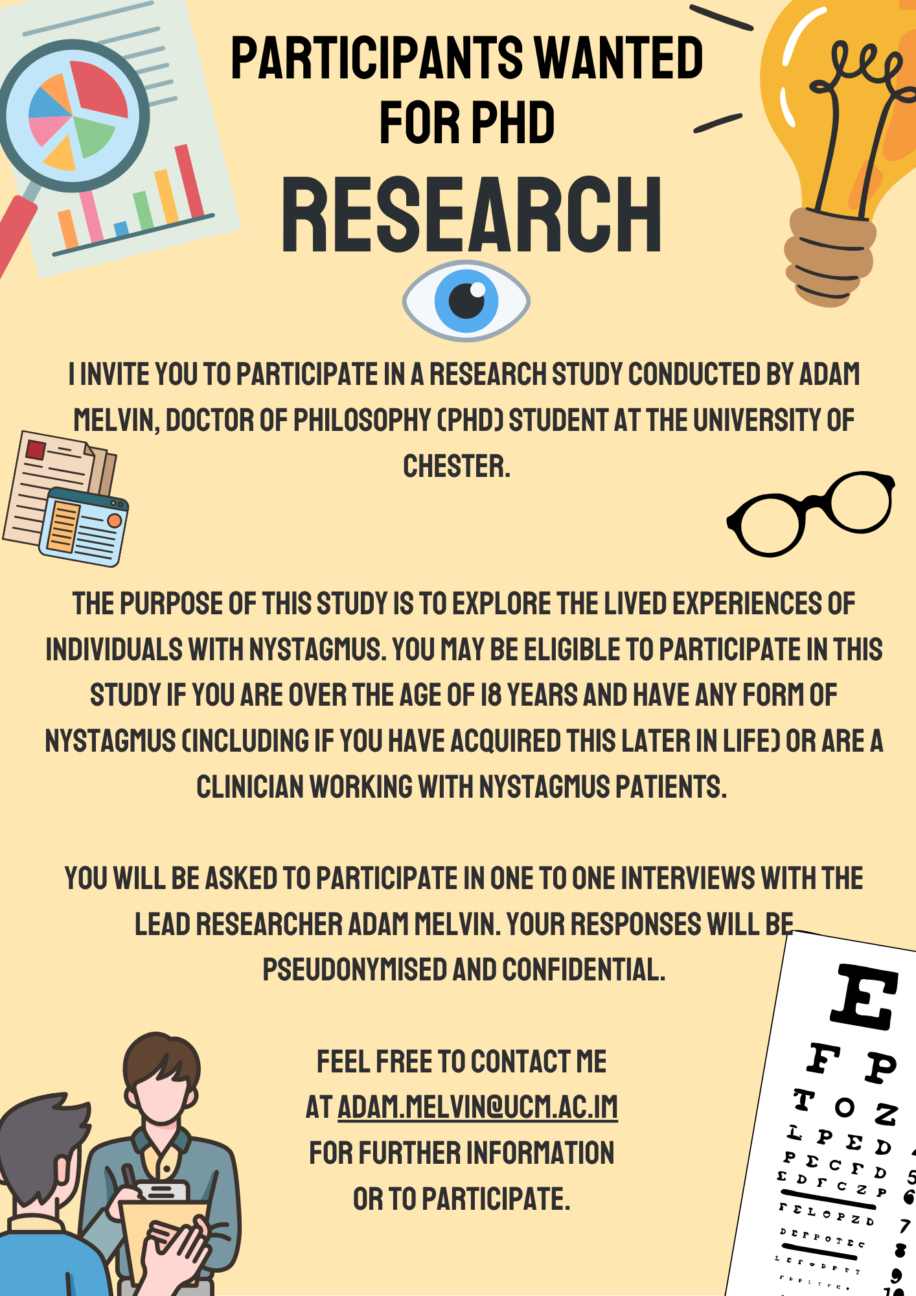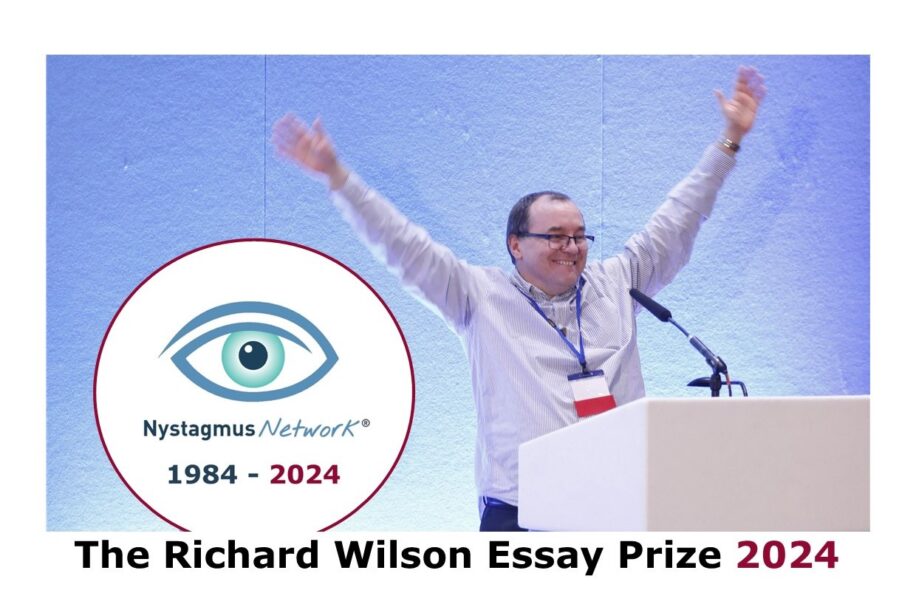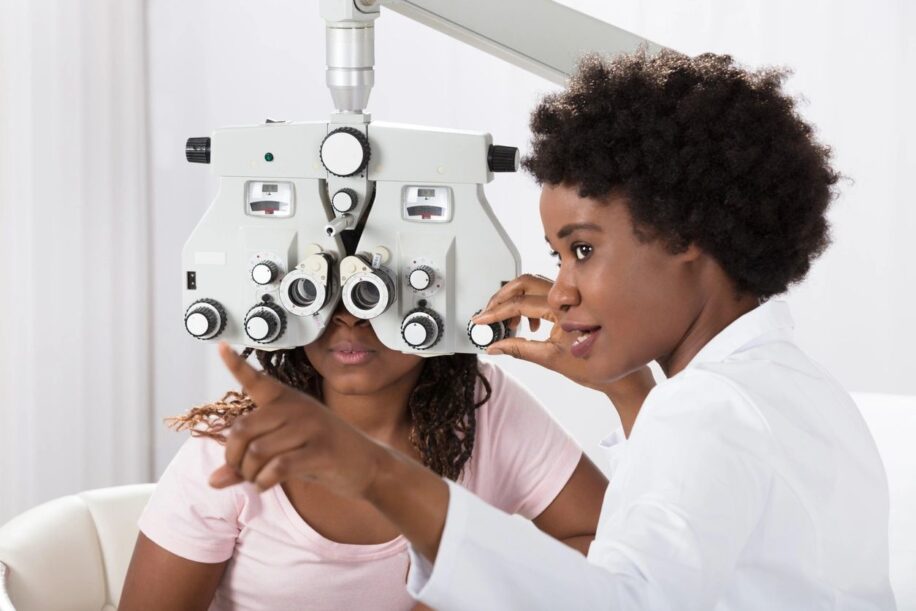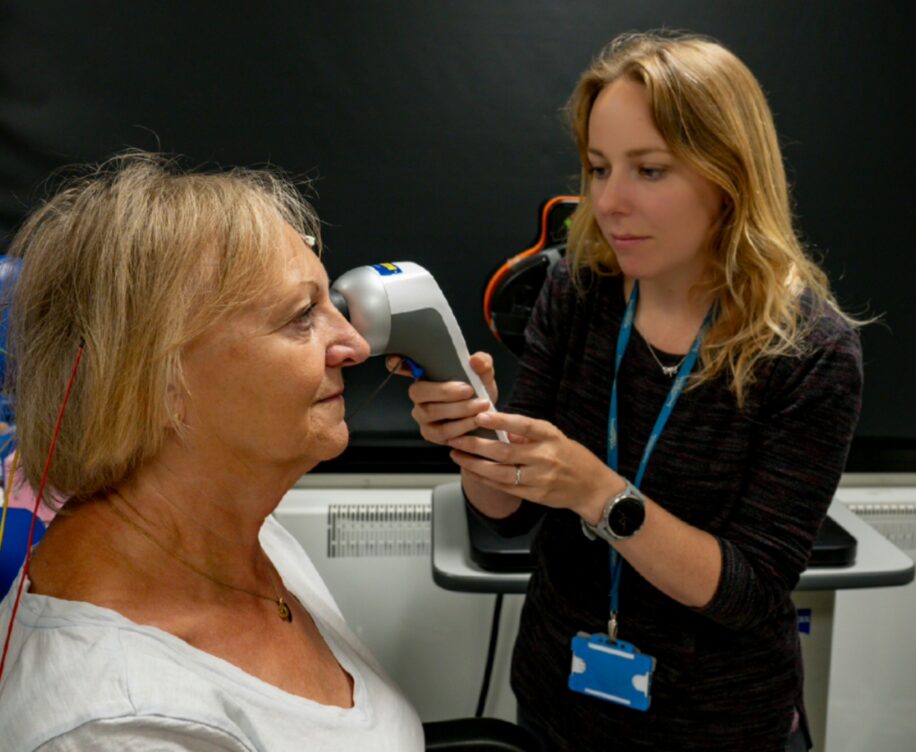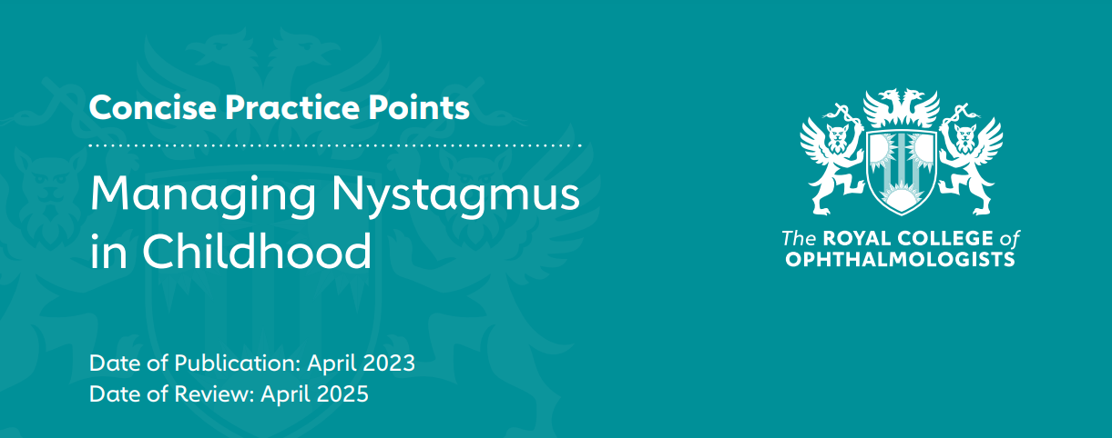The Nystagmus Network is committed to supporting groundbreaking research, from understanding the root causes of nystagmus through to managing and treating the condition.
Recently our trustees, Paul Rose and Harshal Kubavat met with Dr Matteo Rizzi to discuss his team’s innovative work at the University College London (UCL) Institute of Ophthalmology.
For those who follow the charity’s research activity, Dr Rizzi is no stranger: in 2022 he was a recipient of the Small Grant Award funded jointly by the Nystagmus Network and Fight for Sight.
The effects of nystagmus on individuals and their families can be wide and varied. For some it has a relatively low impact on daily life, while for others it proves to be a debilitating condition, making everyday activities challenging. Current research, like that carried out by Dr Rizzi’s team, is crucial in finding broader solutions that could benefit a wide range of patients.
Dr Rizzi’s research into Gene Therapy
During our visit we were shown how Dr Rizzi’s research explores the use of gene therapy to target specific retinal cells responsible for nystagmus. At their research facility they are testing new DNA sequences called “promoters”, which are designed to limit the production of therapeutic molecules to specific retinal cells. When testing this gene therapy on healthy (non-human) subjects with ‘evoked nystagmus’ (evoked by showing moving stripes on a computer screen), the gene therapy was seen to dampen and almost eliminate the nystagmus-like movements. The next step is to try this approach on subjects who have nystagmus and see whether the same effect can be seen.
From our discussions it seems a promising approach that could, in the future, offer significant improvements in vision quality for many patients. Truly remarkable! Of course, this comes with the usual caveats – this work is at the very early stages and exploratory. It takes years and in many instances decades to come to fruition, if successful. But we have a beginning!
In Dr Rizzi’s own words:
“The Small Grant Award from the Nystagmus Network alongside Fight for Sight has been unquestionably instrumental for me to start work in this space. It provided me with the resources to test out our initial thinking and has enabled us to generate hugely valuable data that we hope will contribute to a greater understanding of nystagmus, and perhaps eventually a treatment. Thanks to all those that supported our work”
IMAGE: Nystagmus Network Trustee Paul Rose and Dr Matteo Rizzi from the UCL Institute of Ophthalmology, looking at images captured with their high-speed camera (acquired through a Fight for Sight / Nystagmus Network grant) / July 2024.
The Value of Fundraisers and Supporters
Our visit underlines the importance of why continued funding for such research is vital. It not only allows scientists to explore new avenues but also helps translate these findings into something that may one day become a clinical treatment that can change lives. This is where our community of fundraisers and supporters becomes invaluable. Every donation, every fundraising event and every act of support contributes directly to advancing research that holds the potential to alleviate the challenges faced by those with nystagmus.
Fundraisers and supporters are the backbone of our charity. Your contributions provide the essential resources needed for pioneering research. For instance, the Fight for Sight Joint Small Grant Award has enabled Dr Rizzi’s team to get this far. Imagine how much further they could get with continued funding and support? Each breakthrough, no matter how small, brings us closer to finding effective treatments and improving the quality of life for those living with nystagmus.
Pride in the UK Research Community
We take immense pride in the continued support and collaboration of the UK research community in tackling nystagmus. Institutions such as the UCL Institute of Ophthalmology and Moorfields Eye Hospital have been at the forefront of ocular gene therapy research. Their integrated approach – where therapeutic strategies are developed and clinically tested within the same ecosystem – exemplifies the synergy between research and practical application. These research programmes and wider international collaborations have been instrumental in identifying the specific retinal cells involved in nystagmus, paving the way for targeted treatments.
The Journey Forward
The journey to understanding and treating nystagmus is long and complex, but with your support, we are making significant strides. The research funded by Nystagmus Network is not just about scientific discovery; it’s about bringing hope to thousands of individuals and families living with this condition.
As we look to the future we remain dedicated to supporting innovative research, fostering collaborations and ensuring that the findings of today become the treatments of tomorrow. Your ongoing support is crucial in this mission. Together, we can continue to push the boundaries of what’s possible, bringing us closer to a world where nystagmus is no longer a barrier to a fulfilling life.
Get Involved
We invite you to join us in this vital work. Whether through donations, participating in fundraising events or simply spreading the word about nystagmus. Every action makes a difference. Visit our website to learn more about how you can contribute and stay updated on the latest research developments.
Together, we can transform the lives of those living with nystagmus. Thank you for your unwavering support and commitment to this cause.


